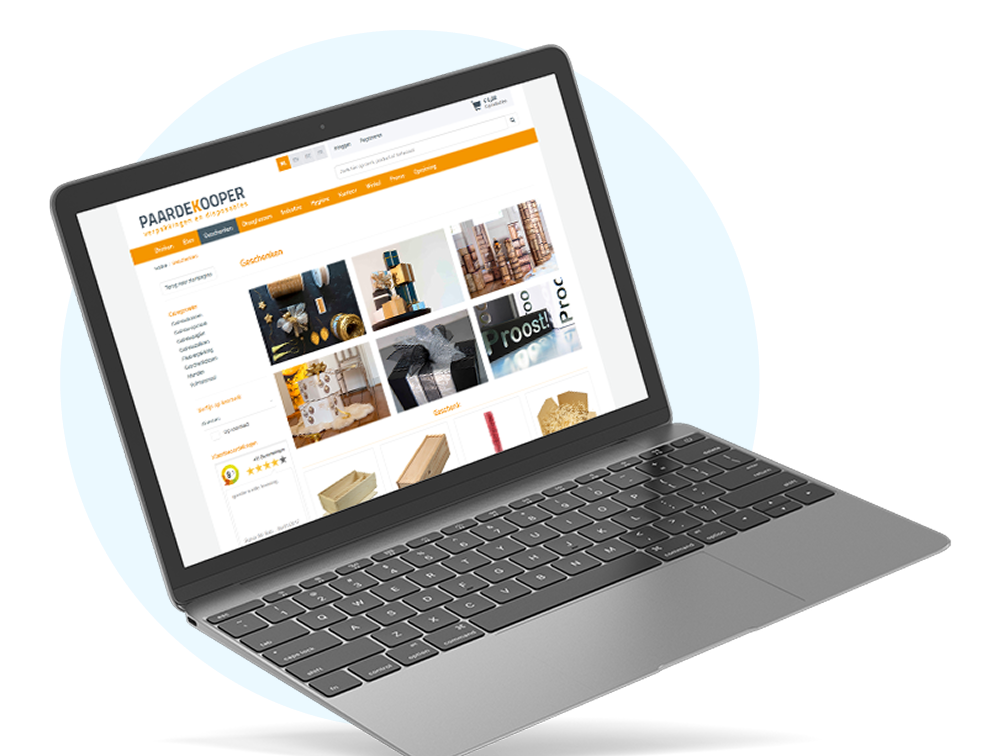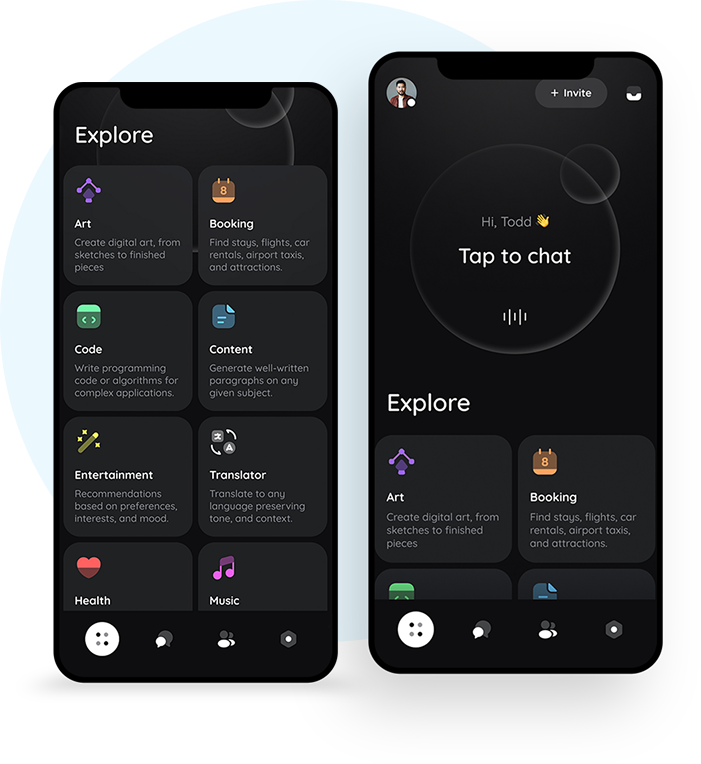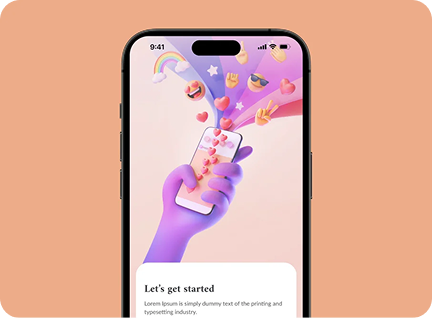Your app just went live. Congratulations! This is an exciting milestone, but here’s something many first-time app owners don’t expect: launching is just the beginning of your app’s journey. What happens in the weeks and months following launch will determine whether your app becomes a sustainable business success or joins the millions of forgotten apps in the digital graveyard.
The intense first 48 hours
Your first two days after launch will be among the most stressful and educational of your entire app journey. This is when your app faces its first real-world test with actual users who behave in ways you never anticipated during development and testing.
Real users will immediately start using your app in ways you never imagined. They’ll try feature combinations you didn’t test, use the app on devices you didn’t consider, and have expectations you didn’t account for. Your servers might crash from unexpected traffic spikes as early adopters flood your platform. Performance bottlenecks that never appeared during testing suddenly become critical issues affecting user experience.
You’ll start receiving user reviews within hours of launch. Some will love your app and leave glowing reviews that make all your hard work worthwhile. Others will find bugs you never knew existed and leave harsh criticism that can be difficult to read. The key during this period is responding quickly and professionally to all feedback.
Bug reports will pour in faster than you expected. Users will encounter issues on specific devices, operating system versions, or usage scenarios that you couldn’t possibly test during development. Having a responsive development team ready to address critical issues can mean the difference between early success and immediate failure.
Your customer support channels will become very busy. Users will have questions about how features work, report problems, and request new functionality. Being responsive during this critical period builds user loyalty and prevents negative reviews from spreading.
Monitor your app store ratings and reviews constantly during these first 48 hours. Respond to negative reviews professionally and quickly fix any issues users identify. Many users will update their reviews if you address their concerns promptly.
Getting discovered in a crowded marketplace
Once the initial launch chaos settles, you face your next major challenge: getting people to discover your app among millions of competitors. The app stores are incredibly crowded marketplaces where visibility is everything.
App Store Optimization (ASO) becomes your most important marketing tool. This involves continuously refining your app’s metadata – title, description, keywords, and screenshots – based on performance data and user feedback. ASO is like SEO for websites, but specifically for app store search algorithms.
Your app’s title should include relevant keywords while remaining catchy and memorable. The description needs to clearly communicate your app’s value proposition and include terms your target audience searches for. Screenshots should tell a compelling story about your app’s functionality and benefits.
Keyword research becomes an ongoing process. You need to identify terms your potential users actually search for, not just words you think describe your app. Tools like App Annie, Sensor Tower, and Apple Search Ads provide valuable keyword insights.
But here’s the crucial insight: you don’t want just any downloads. You want the right people downloading your app – people who will actually use it, find value in it, and potentially become paying customers. It’s much better to have 1,000 engaged users than 10,000 people who delete your app immediately after trying it.
Your app store conversion rate – the percentage of people who view your app page and actually download it – matters more than total impressions. Focus on creating compelling app store listings that attract qualified users rather than trying to appeal to everyone.
The ongoing retention challenge
Getting users to download your app is difficult, but keeping them engaged long-term is even harder. Statistics show that most people try an app once and never open it again. Your primary job after launch is breaking this pattern and creating lasting user engagement.
User retention rates tell the real story of your app’s success. Day 1 retention (percentage of users who return the day after first use) typically ranges from 20-25% for successful apps. Day 7 retention drops to 10-15%, and day 30 retention often falls below 5%. Improving these numbers even slightly can dramatically impact your app’s long-term success.
Creating effective onboarding experiences helps new users understand your app’s value quickly. Many users abandon apps during their first session because they don’t understand how to use key features or see immediate value. Your onboarding should highlight your app’s most important benefits and guide users to their first success moment as quickly as possible.
Personalization features that learn from user behavior significantly improve retention. Smart apps adapt to individual preferences, showing relevant content and suggesting useful features based on usage patterns. This might mean learning when users prefer to receive notifications, what types of content they engage with most, or which features they use regularly.
Push notifications are powerful retention tools when used correctly, but they can backfire if overused or poorly targeted. Effective notifications provide genuine value – alerting users to relevant updates, reminding them of incomplete tasks, or sharing personalized content. Avoid generic “come back to our app” messages that feel spammy.
Building community features helps create emotional connections that keep users engaged. When users feel connected to other users or to your brand, they’re much more likely to continue using your app. This could involve user-generated content, social sharing features, commenting systems, or user forums.
Regular content updates give users reasons to return to your app. This might mean new articles, updated product catalogs, fresh challenges or levels, or seasonal content. The key is providing ongoing value that makes your app feel alive and constantly improving.
Learning from real user data
Once your app is live and gathering users, you gain access to incredibly valuable data about how people actually use your product. This information is far more accurate and useful than any pre-launch research or testing you could conduct.
User analytics reveal surprising insights about feature usage. You’ll discover that features you thought were essential get ignored by most users, while simple features you almost didn’t include become incredibly popular. This data guides your future development priorities and helps you understand what users actually value.
User flow analysis shows you exactly where people get confused or frustrated in your app. You can see where users abandon tasks, which features cause the most support requests, and what paths successful users take through your app. This information is invaluable for improving user experience and increasing conversion rates.
A/B testing becomes possible with real users and real usage data. You can test different versions of features, user interfaces, or messaging to see what works better. This data-driven approach to improvement is much more effective than making changes based on assumptions or opinions.
Performance data reveals technical issues that affect user experience in the real world. You can identify which features are slow, which screens cause crashes, and how your app performs on different devices and network conditions. Fixing these technical problems directly improves user satisfaction and retention.
Revenue analytics help you understand your monetization strategy’s effectiveness. You can see which features drive purchases, what pricing strategies work best, and how user behavior correlates with revenue generation. This information guides decisions about premium features, subscription pricing, and advertising strategies.
Customer support data provides insights into user pain points and common questions. Analyzing support tickets helps you identify areas where your app could be clearer or more intuitive. Features that generate lots of support requests might need redesign or better explanation.
Shifting from project mindset to product mindset
Here’s the biggest mental transformation you need to make after launch: stop thinking of your app as a project with an end date and start thinking of it as a product that needs ongoing development and management.
Projects have clear endpoints and defined scope. Products evolve continuously based on user feedback, market changes, and new opportunities. Your app needs regular updates, feature improvements, and strategic pivots to remain relevant and competitive.
Operating system updates require ongoing maintenance. When Apple releases new iOS versions or Google updates Android, your app needs testing and potential updates to maintain compatibility. Ignoring these updates can lead to crashes, deprecated features, or poor performance on newer devices.
User expectations evolve constantly. What impressed users last year might feel outdated today. Successful apps continuously improve their user experience, add requested features, and stay current with design trends and usability standards.
Competitive pressure intensifies over time. Other developers will study your app’s success and try to build better alternatives. You need to keep innovating and improving to maintain your competitive advantage.
Your business needs will change as you grow. Features that seemed important during launch might become less relevant as you better understand your users and market. Your app should evolve to support your changing business strategy and goals.
Technical debt accumulates over time. Quick fixes and shortcuts taken during initial development need to be addressed before they cause major problems. Regular refactoring and code improvements keep your app maintainable and performant.
Market opportunities arise constantly. New technologies, platforms, or user behaviors create chances to expand your app’s capabilities or reach new audiences. Product-minded thinking helps you identify and capitalize on these opportunities.
The most successful apps treat launch as the beginning of a long journey of continuous improvement, user satisfaction, and business growth. This ongoing commitment to excellence transforms simple app launches into sustainable business successes.
QUALITY ASSURANCE
Quality is at the core of every build. Each version undergoes both manual and automated testing to detect bugs, ensure device compatibility, and improve user experience. Post-launch, we monitor performance and offer full-cycle support for upgrades and scaling.
Conclusion: We Build Apps That Deliver
If you’re looking for a partner who treats your app like their own, with a proven development process, real collaboration, and technical precision — Software Orbits is ready to build with you.
📞 Contact us today to schedule a consultation.


